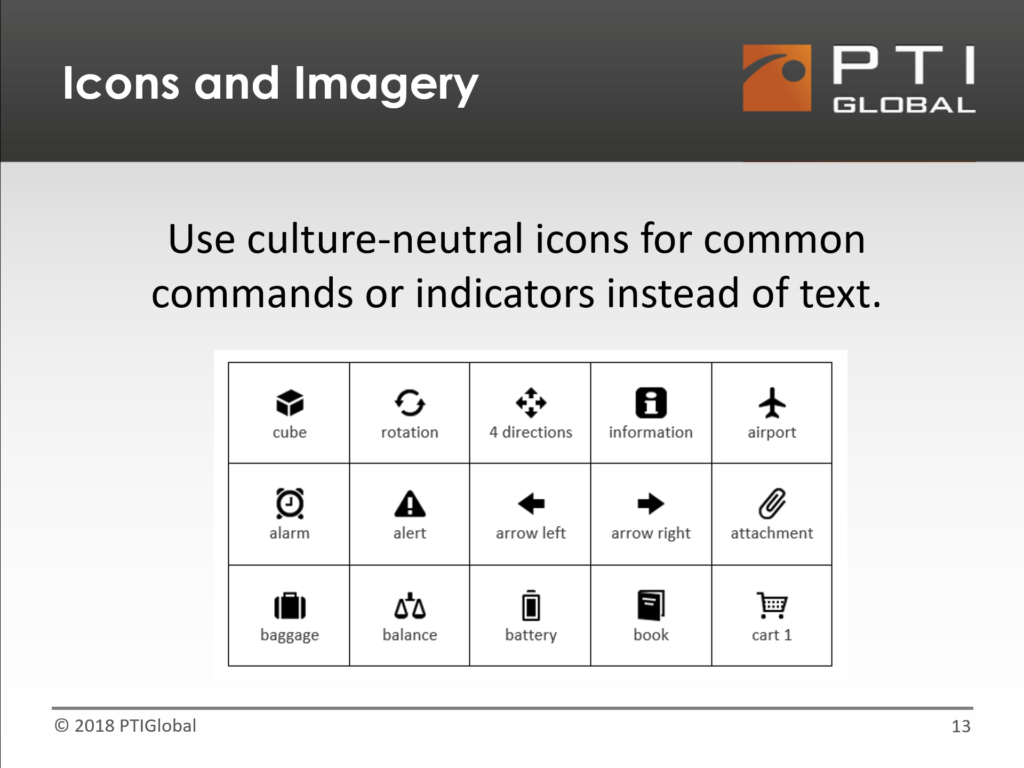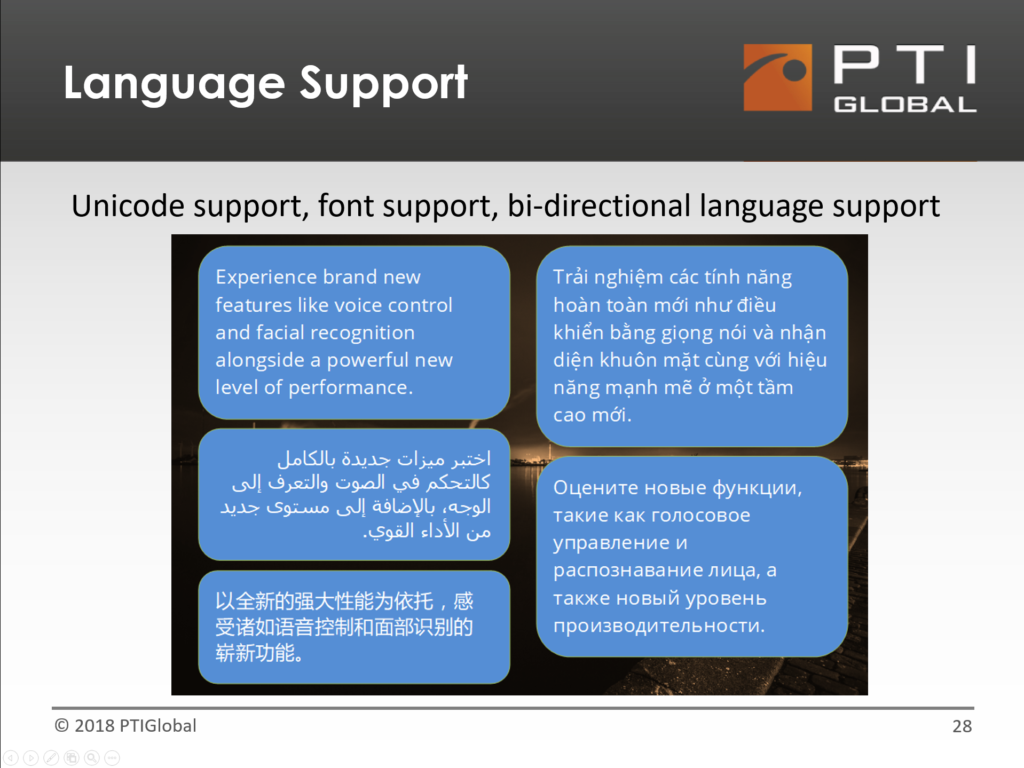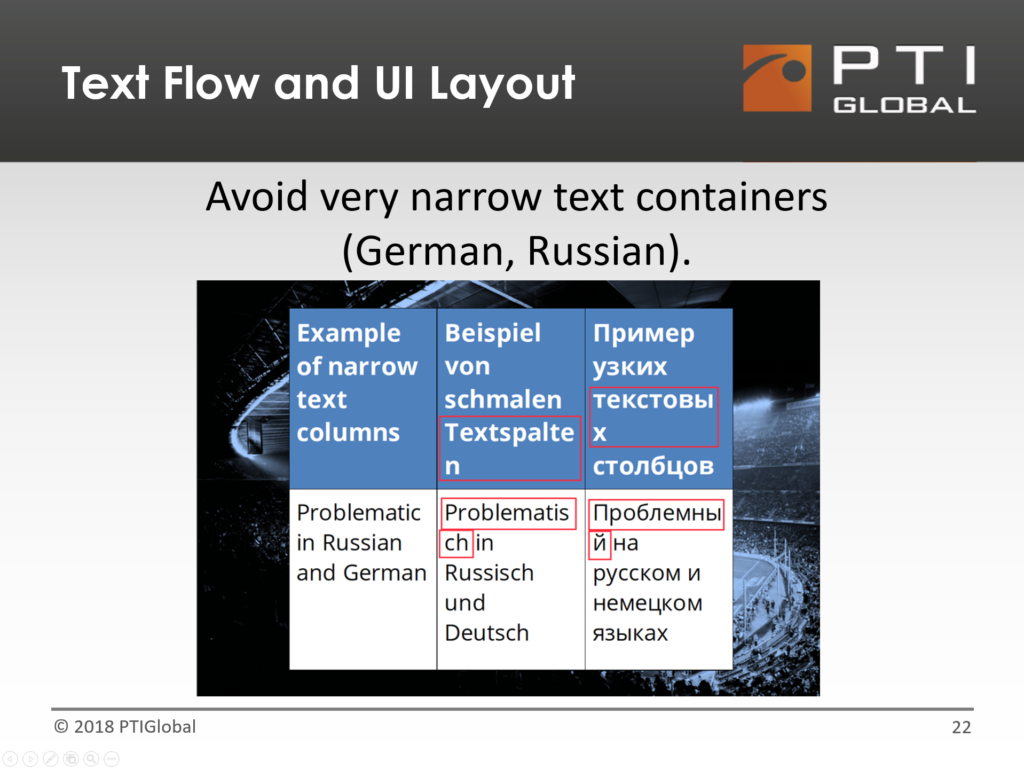Content Localization: Is Your Content Ready for the World?
When creating learning content for your company’s employees, the consumers of your products, or the public, special attention needs to be paid to internationalization guidelines.
Our localization experts have put together a set of “best-known methods” to follow to make your courses localization ready. We have put together a guidebook to help with some of the most common issues (available upon request).
Below are a few of the most important considerations:
Guideline #1: Pay attention to the writing style
It is important to make the content appropriate for a worldwide audience, even when it is not going to be translated. Keep content locale neutral:
- Avoid humor
- Avoid colloquial language (i.e. buzzwords)
- Avoid abbreviations or acronyms
- Avoid culture-specific references
- Use proper grammar, spelling, and product names
Guideline #2: Aim for clarity
Clarity and simplicity are important when writing for localization, and following these guidelines will make the translators’ job easier:
- Keep sentences whole (avoid fragmentation)
- Avoid the passive voice (“the videos were rendered by the server” vs. “the server rendered the videos”)
- Avoid noun strings (metal cap cutter tool)
- Use consistent terminology (phone, telephone, Smartphone)
Guideline #3: Icons and imagery
Keeping icons and imagery as neutral as possible is important for information to be globally understood and avoiding controversy.
Guideline #4: Consider the Authoring Tools
Verify that your authoring tools and output formats properly support languages, text direction, and the fonts required to display the text.
Guideline #5: Text flow and UI layout
There are many potential designs that can cause text flow and layout issues, especially in languages that require extra space and use very long words.
These are just five guidelines to consider when creating content. The more closely they are followed, the easier and less expensive localization will be, and your global audience will have a positive and complete learning experience. For the full guidebook, please contact PTIGlobal.




